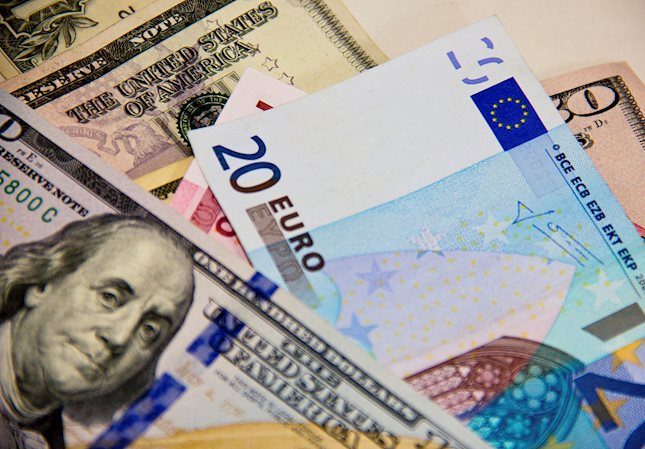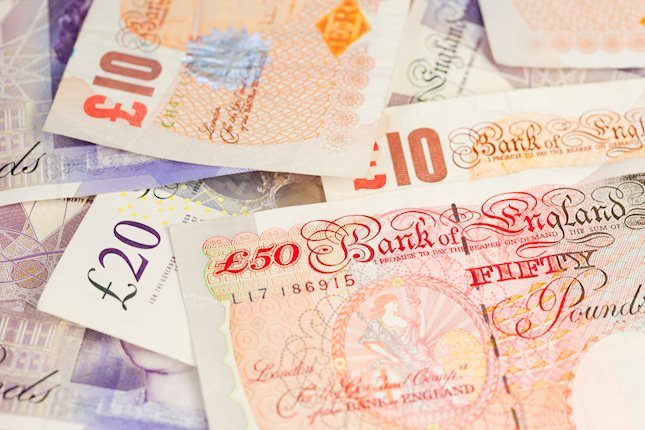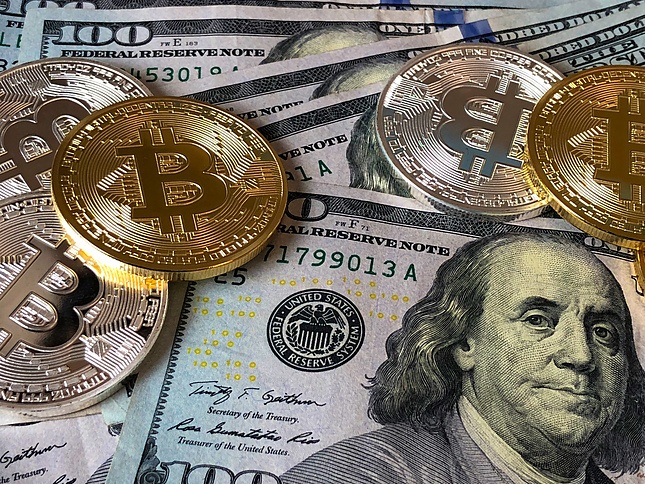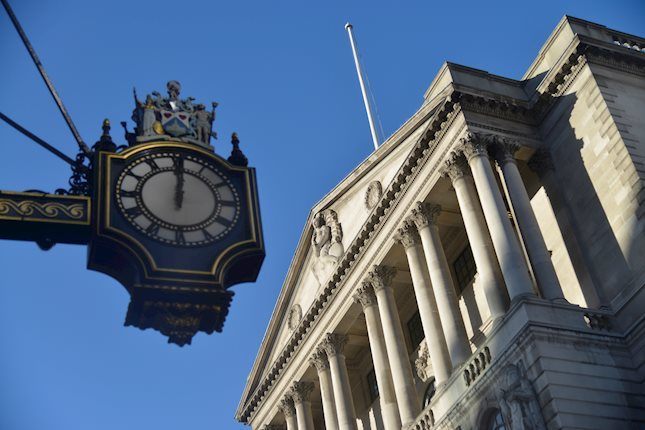- NZD/USD is going through a rough phase as higher interest rates by the RBNZ are denting domestic demand.
- US markets were closed on Monday therefore a volatile action is expected due to the extended weekend.
- Investors should note that RBNZ has raised interest rates to 5.50%, higher than interest rates in the US economy.
The NZD/USD pair is declining towards the crucial support of 0.6150 as investors are expecting that the Federal Reserve (Fed) will not cut interest rates this year. The Kiwi asset is falling like a house of cards as the New Zealand administration is worried about the domino effects of higher interest rates by the Reserve Bank of New Zealand (RBNZ).
S&P500 futures have generated significant losses in Asia. US markets were closed on Monday therefore a volatile action is expected due to the extended weekend. The overall market mood is cautious that has trimmed appeal for risk-sensitive assets.
The US Dollar Index (DXY) is moderately climbed to near 102.60. A monetary policy statement delivered by Federal Reserve (Fed) chair Jerome Powell indicated that two interest rate hikes are in the pipeline and rate cuts are not appropriate this year. The street is convinced that the Fed will keep interest rates higher this year as inflationary pressures are twice the desired rate of 2% but will announce only one more interest rate hike as the economic outlook of the United Kingdom economy seems dismal.
Meanwhile, the NZ economy has already slipped into a technical recession. Q1 Gross Domestic Product (GDP) contracted by 0.1% followed by a 0.7% contraction registered in the prior quarter.
NZ Treasury has criticized higher interest rates from the RBNZ as the extremely restrictive monetary policy has dampened domestic demand.
Investors should note that RBNZ Governor Adrian Orr has raised interest rates to 5.50%, higher than interest rates in the US economy.
Information on these pages contains forward-looking statements that involve risks and uncertainties. Markets and instruments profiled on this page are for informational purposes only and should not in any way come across as a recommendation to buy or sell in these assets. You should do your own thorough research before making any investment decisions. FXStreet does not in any way guarantee that this information is free from mistakes, errors, or material misstatements. It also does not guarantee that this information is of a timely nature. Investing in Open Markets involves a great deal of risk, including the loss of all or a portion of your investment, as well as emotional distress. All risks, losses and costs associated with investing, including total loss of principal, are your responsibility. The views and opinions expressed in this article are those of the authors and do not necessarily reflect the official policy or position of FXStreet nor its advertisers. The author will not be held responsible for information that is found at the end of links posted on this page.
If not otherwise explicitly mentioned in the body of the article, at the time of writing, the author has no position in any stock mentioned in this article and no business relationship with any company mentioned. The author has not received compensation for writing this article, other than from FXStreet.
FXStreet and the author do not provide personalized recommendations. The author makes no representations as to the accuracy, completeness, or suitability of this information. FXStreet and the author will not be liable for any errors, omissions or any losses, injuries or damages arising from this information and its display or use. Errors and omissions excepted.
The author and FXStreet are not registered investment advisors and nothing in this article is intended to be investment advice.
Recommended content
Editors’ Picks

EUR/USD extends recovery beyond 1.0400 amid Wall Street's turnaround
EUR/USD extends its recovery beyond 1.0400, helped by the better performance of Wall Street and softer-than-anticipated United States PCE inflation. Profit-taking ahead of the winter holidays also takes its toll.

GBP/USD nears 1.2600 on renewed USD weakness
GBP/USD extends its rebound from multi-month lows and approaches 1.2600. The US Dollar stays on the back foot after softer-than-expected PCE inflation data, helping the pair edge higher. Nevertheless, GBP/USD remains on track to end the week in negative territory.

Gold rises above $2,620 as US yields edge lower
Gold extends its daily rebound and trades above $2,620 on Friday. The benchmark 10-year US Treasury bond yield declines toward 4.5% following the PCE inflation data for November, helping XAU/USD stretch higher in the American session.

Bitcoin crashes to $96,000, altcoins bleed: Top trades for sidelined buyers
Bitcoin (BTC) slipped under the $100,000 milestone and touched the $96,000 level briefly on Friday, a sharp decline that has also hit hard prices of other altcoins and particularly meme coins.

Bank of England stays on hold, but a dovish front is building
Bank of England rates were maintained at 4.75% today, in line with expectations. However, the 6-3 vote split sent a moderately dovish signal to markets, prompting some dovish repricing and a weaker pound. We remain more dovish than market pricing for 2025.

Best Forex Brokers with Low Spreads
VERIFIED Low spreads are crucial for reducing trading costs. Explore top Forex brokers offering competitive spreads and high leverage. Compare options for EUR/USD, GBP/USD, USD/JPY, and Gold.